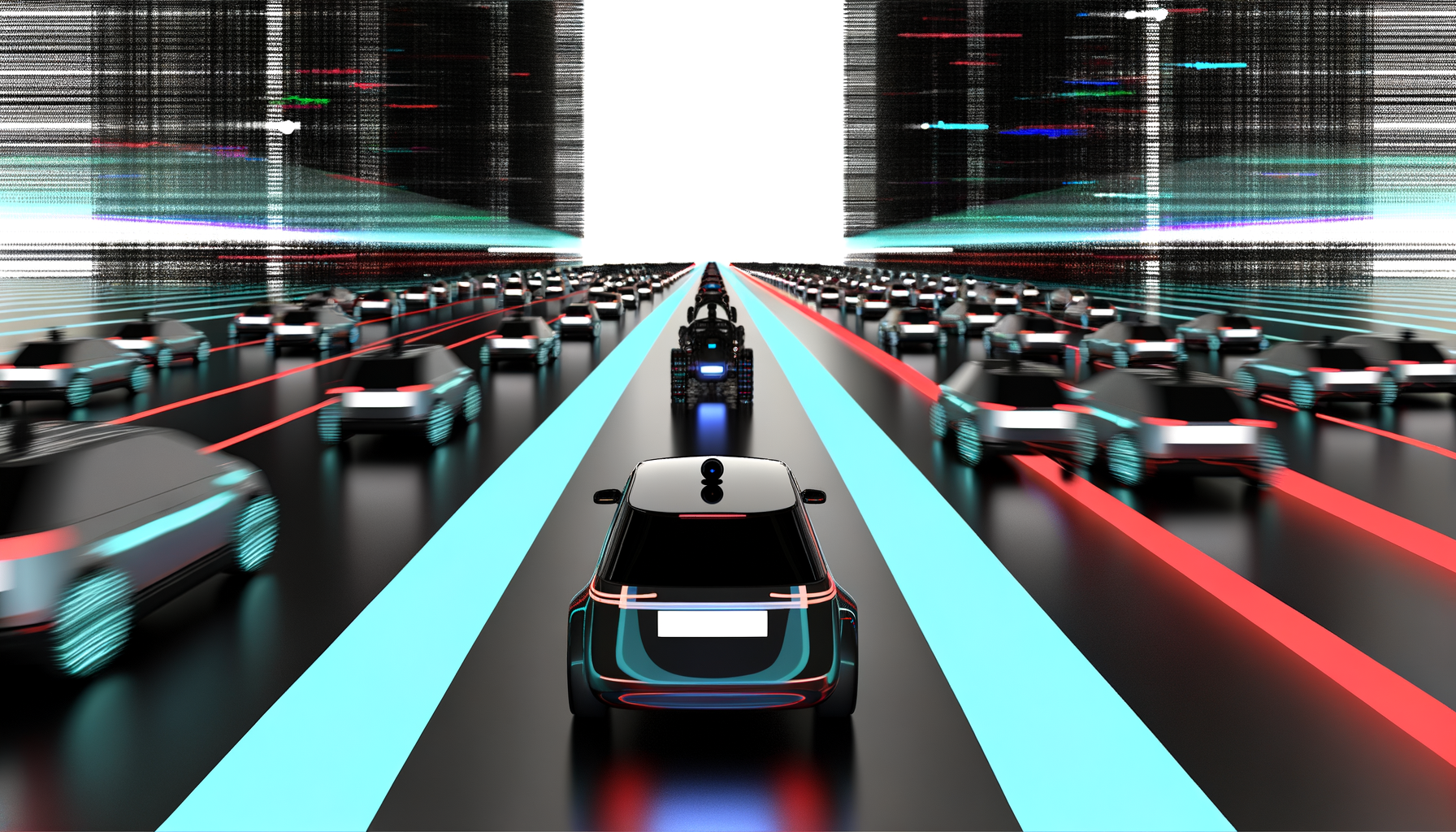Your star developer just spent 3 hours reviewing a pull request that Google’s AI teammate would have handled in 3 minutes while they slept.
The Death of Manual Code Review as We Know It
On August 6, 2025, Google quietly released something that should terrify every engineering manager still clinging to traditional development workflows: Gemini CLI GitHub Actions. This isn’t another AI coding assistant. It’s an autonomous teammate that operates asynchronously in your GitHub repositories, reviewing code, triaging issues, and coordinating development tasks while your human developers sleep.
The implications are staggering. We’re not talking about incremental productivity gains anymore. We’re witnessing the complete reimagining of how software teams collaborate.
From Assistant to Autonomous Teammate
Let me paint you a picture of what’s happening right now in forward-thinking development teams:
- AI teammates are reviewing pull requests with full project context, catching bugs that human reviewers consistently miss
- Complex refactoring tasks that used to take days are being completed in hours
- Development cycles have accelerated by 40-70% according to recent benchmarks
- Senior developers are being freed from routine review tasks to focus on architecture and innovation
This shift from AI as a coding assistant to AI as an autonomous team member represents a fundamental break from everything we’ve known about software development collaboration.
The Architecture That Changes Everything
Gemini CLI GitHub Actions operates on a radically different model than previous AI coding tools. Instead of waiting for developers to invoke it, the system runs continuously in the background, maintaining full project context and proactively identifying opportunities for improvement.
Think about what this means:
- Your AI teammate understands your entire codebase, not just the file you’re currently editing
- It operates 24/7, reviewing code and triaging issues while your team is offline
- It learns from your team’s coding patterns and preferences over time
- It coordinates between multiple pull requests to prevent conflicts before they happen
The Competitive Reality Check
Here’s the uncomfortable truth: while you’re debating whether to adopt AI-powered development workflows, your competitors are already using them. The AI Coding Wars of 2025 aren’t coming—they’re here.
Consider this scenario: Your team spends 30% of their time on code reviews. Your competitor’s team has reduced that to 5% using AI teammates. That’s a 25% productivity advantage they can invest in building features, improving architecture, or simply shipping faster.
The question isn’t whether AI will replace human code reviewers. It’s whether teams without AI teammates can compete with teams that have them.
Beyond GitHub: The Ecosystem Effect
Google’s entry with Gemini CLI is just the beginning. As of August 1, 2025, there are 19 different AI coding agents being actively benchmarked and compared. Each brings unique capabilities:
- DeepCogito v2 demonstrates enhanced logical reasoning for complex architectural decisions
- Specialized agents for security auditing, performance optimization, and technical debt management
- Multi-agent systems that collaborate on large-scale refactoring projects
The rapid evolution of these tools means that by the time you finish reading this article, new capabilities will likely have been announced.
The Human Developer’s New Role
Before you panic about job displacement, let me be clear: AI teammates don’t replace human developers. They amplify them. But the nature of development work is fundamentally changing.
What Changes:
- Routine code reviews become largely automated
- Bug detection shifts from reactive to proactive
- Technical debt is continuously identified and addressed
- Documentation updates happen automatically
What Remains Uniquely Human:
- Architectural vision and system design
- Understanding business context and user needs
- Creative problem-solving for novel challenges
- Team leadership and mentorship
The Implementation Reality
Let’s talk pragmatically about what adopting AI teammate architecture means for your organization. This isn’t a simple tool deployment—it’s a fundamental shift in how your team operates.
Phase 1: Initial Integration
Start with non-critical repositories. Let the AI teammate handle routine tasks like:
- Dependency updates and security patches
- Code formatting and style consistency
- Basic bug detection and test coverage analysis
Phase 2: Trust Building
As your team gains confidence, expand the AI’s responsibilities:
- Primary review for straightforward pull requests
- Automated refactoring suggestions
- Performance optimization recommendations
Phase 3: Full Integration
At maturity, your AI teammate becomes a full participant in the development process:
- Autonomous issue triage and assignment
- Proactive technical debt management
- Cross-repository coordination and conflict prevention
The Metrics That Matter
Forget vanity metrics like lines of code or number of commits. In the age of AI teammates, new metrics define success:
- Time to Production: How quickly can you ship features from conception to deployment?
- Defect Escape Rate: How many bugs make it past your AI-augmented review process?
- Developer Focus Time: How much time do developers spend on high-value creative work versus routine tasks?
- Technical Debt Velocity: How quickly is your codebase improving in quality?
The Uncomfortable Questions
As Martin Fowler explores in his analysis of AI autonomy, we need to confront some difficult questions:
How much autonomy should we grant to AI systems that can modify our production code?
The answer isn’t binary. It’s about building appropriate guardrails while maximizing the benefits of AI collaboration. Smart teams are implementing:
- Graduated autonomy levels based on code criticality
- Human oversight requirements for production-critical changes
- Continuous monitoring of AI decision quality
- Regular audits of AI-suggested changes
The Path Forward
The transition to AI-native development workflows isn’t optional—it’s inevitable. The only question is whether you’ll be a leader or a laggard.
Here’s your action plan:
- Start Today: Set up Gemini CLI GitHub Actions in a test repository
- Measure Impact: Track productivity metrics before and after implementation
- Iterate Quickly: Adjust workflows based on what works for your team
- Scale Strategically: Expand AI teammate responsibilities as trust builds
The Bottom Line
We’re at an inflection point in software development history. The teams that recognize and act on this shift will have an insurmountable advantage. Those that don’t will find themselves unable to compete on speed, quality, or innovation.
The future of software development isn’t about humans versus AI. It’s about humans with AI teammates versus humans without them. And that’s not really a competition at all.
The era of manual code review is ending—the question is whether your team will lead the transition or be left behind by it.





